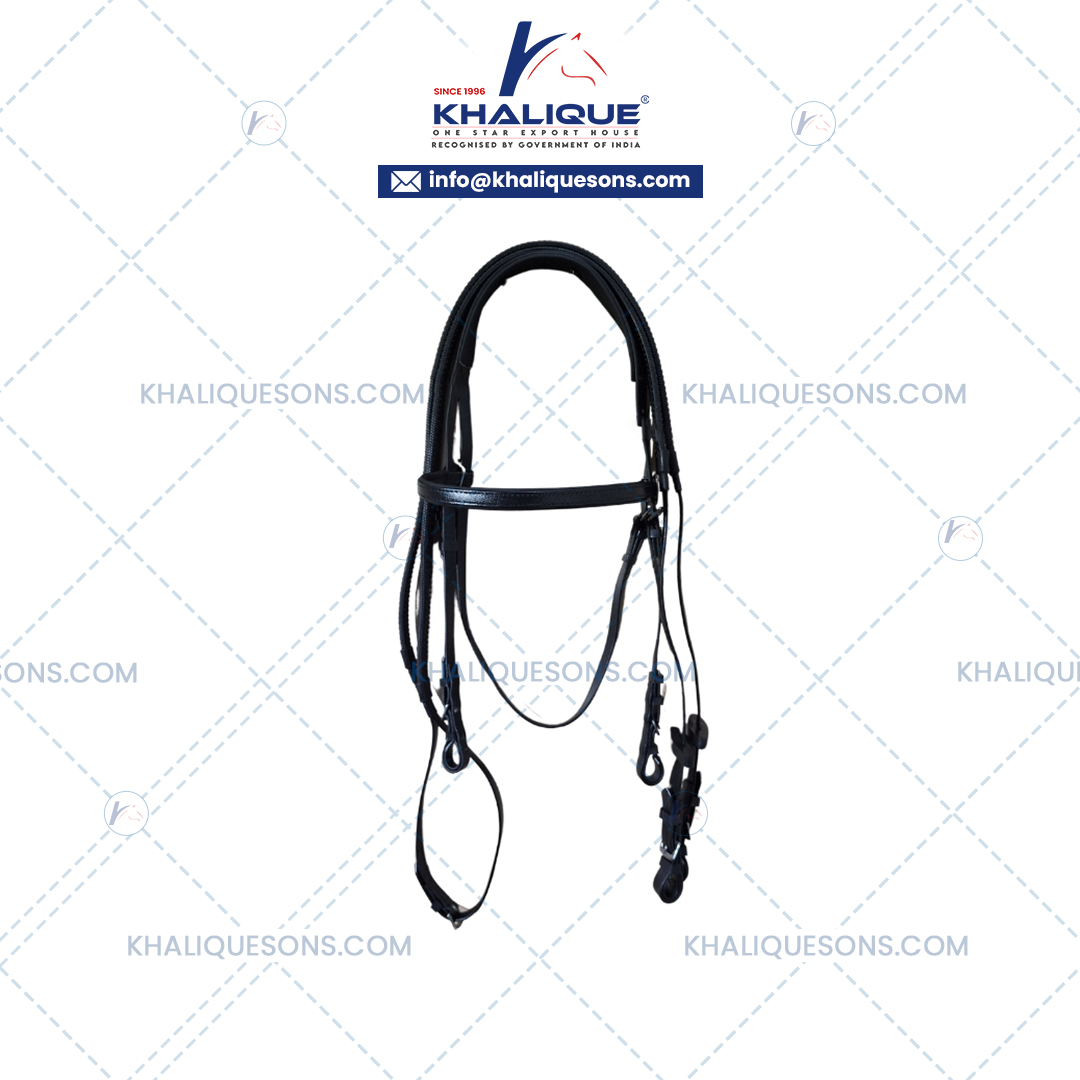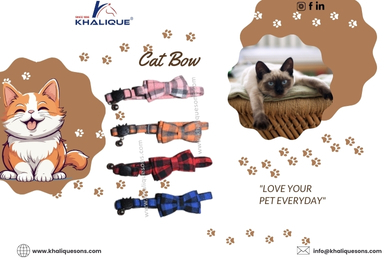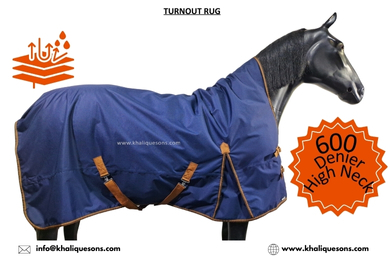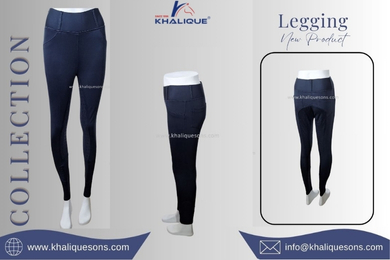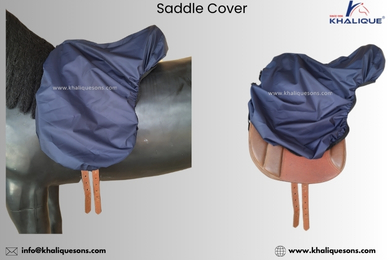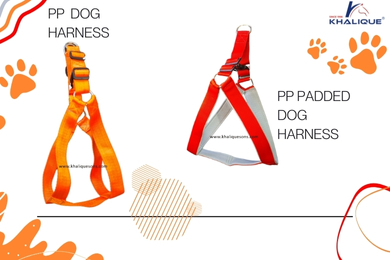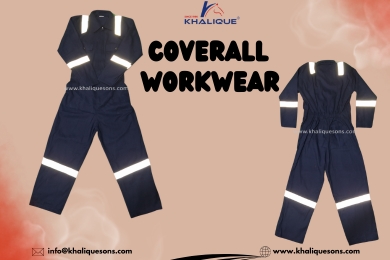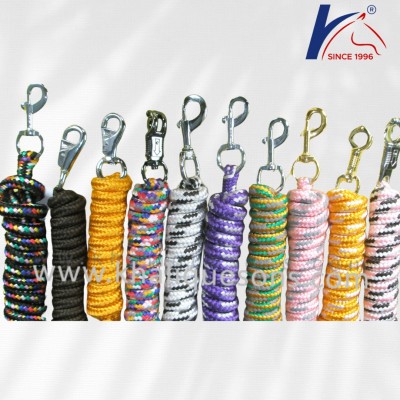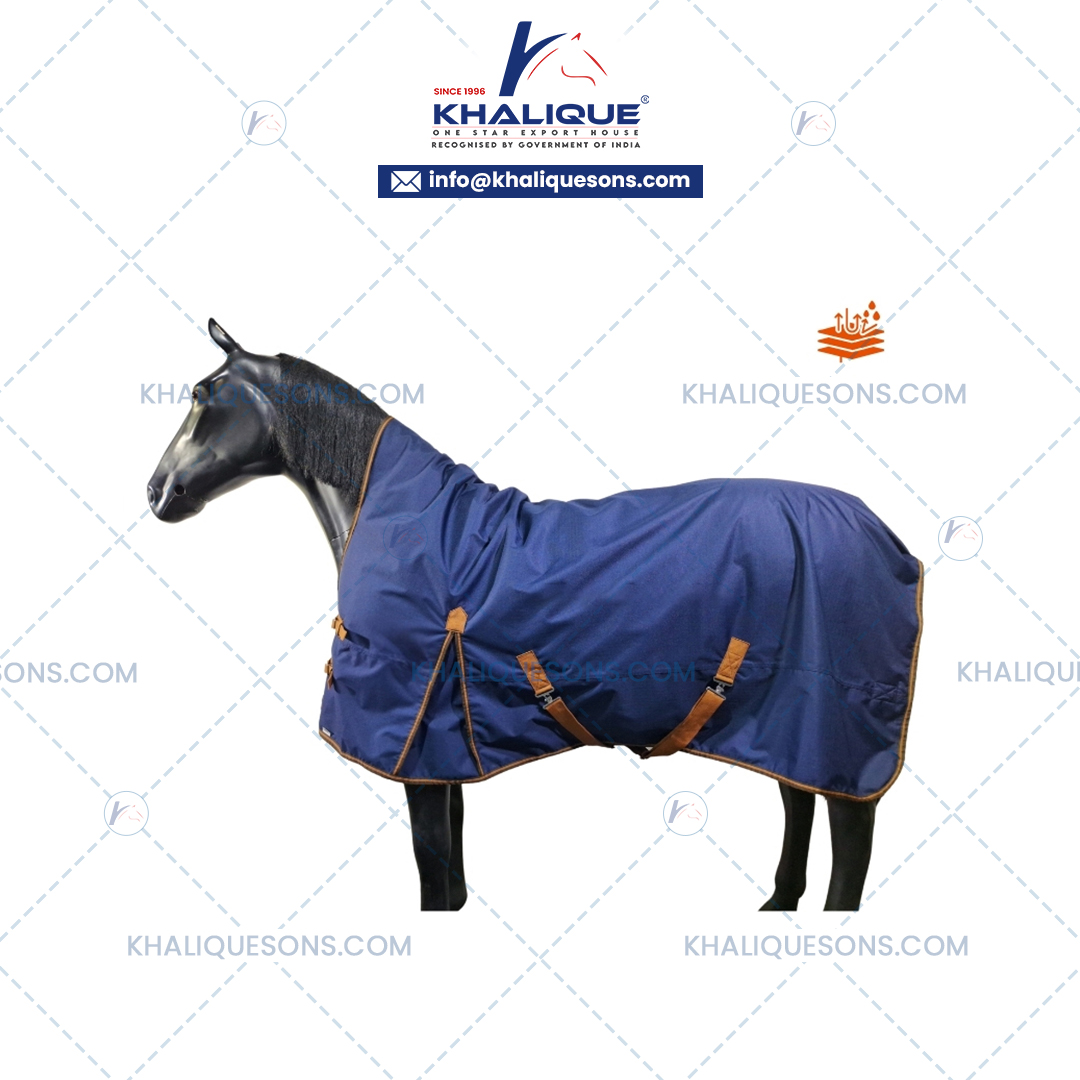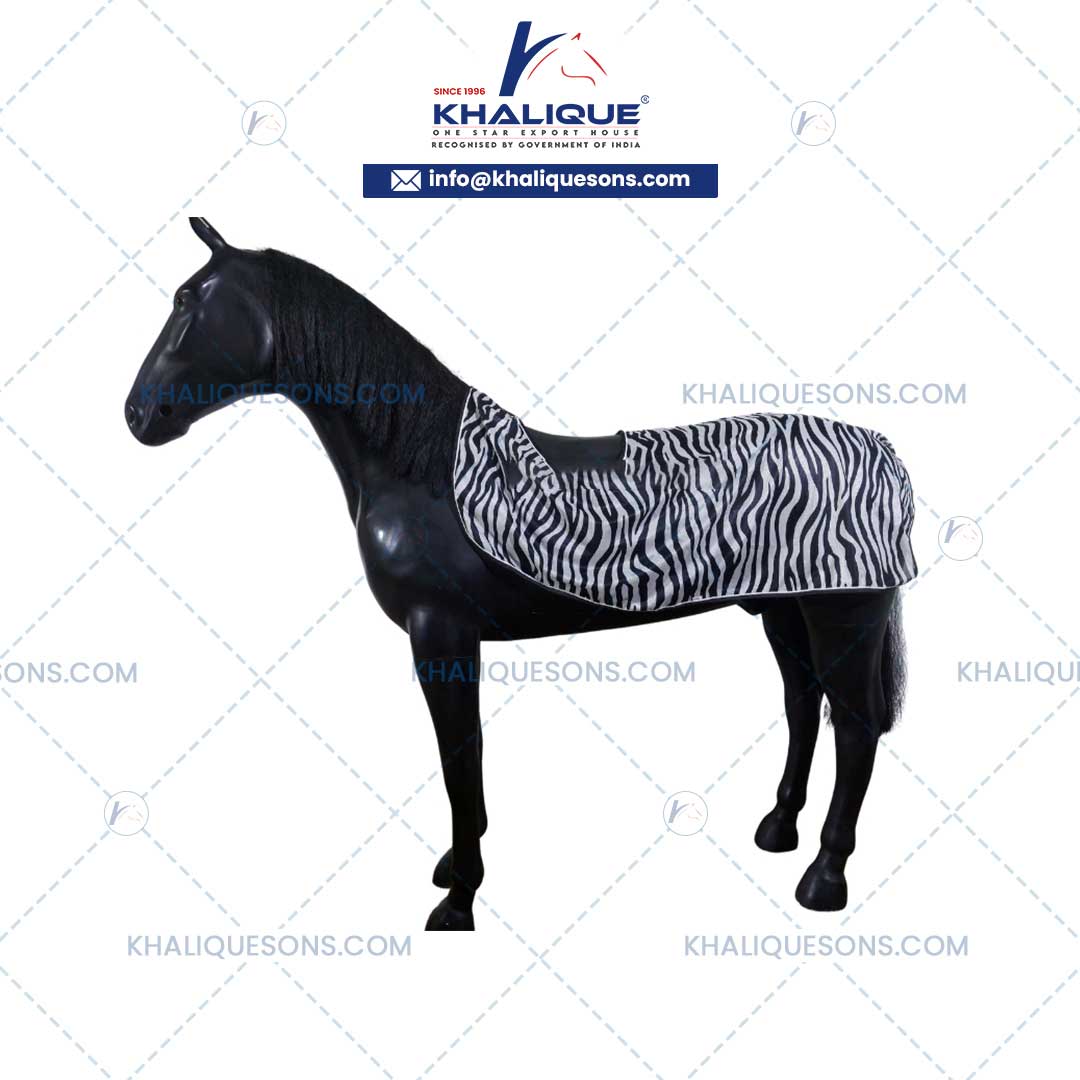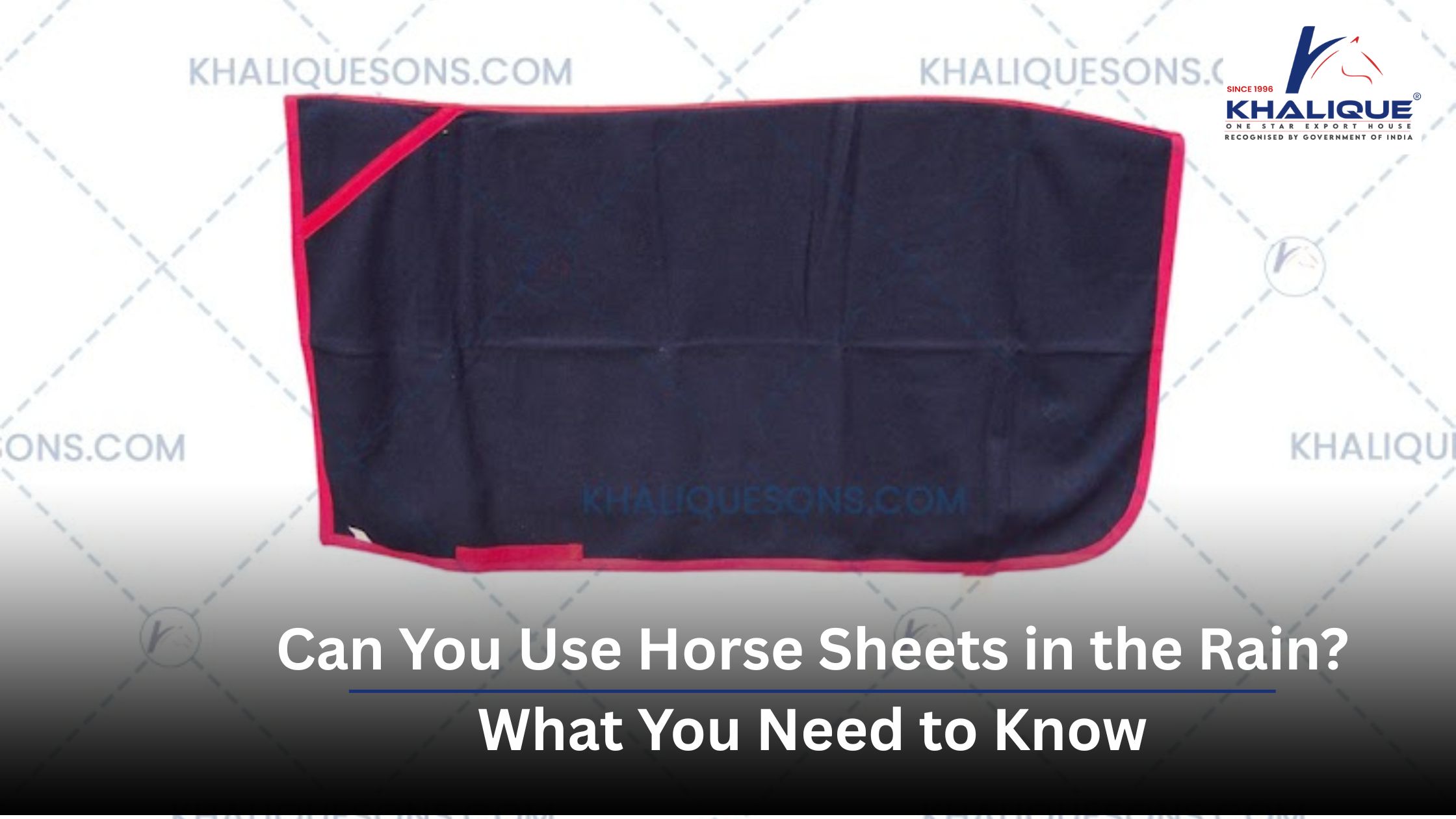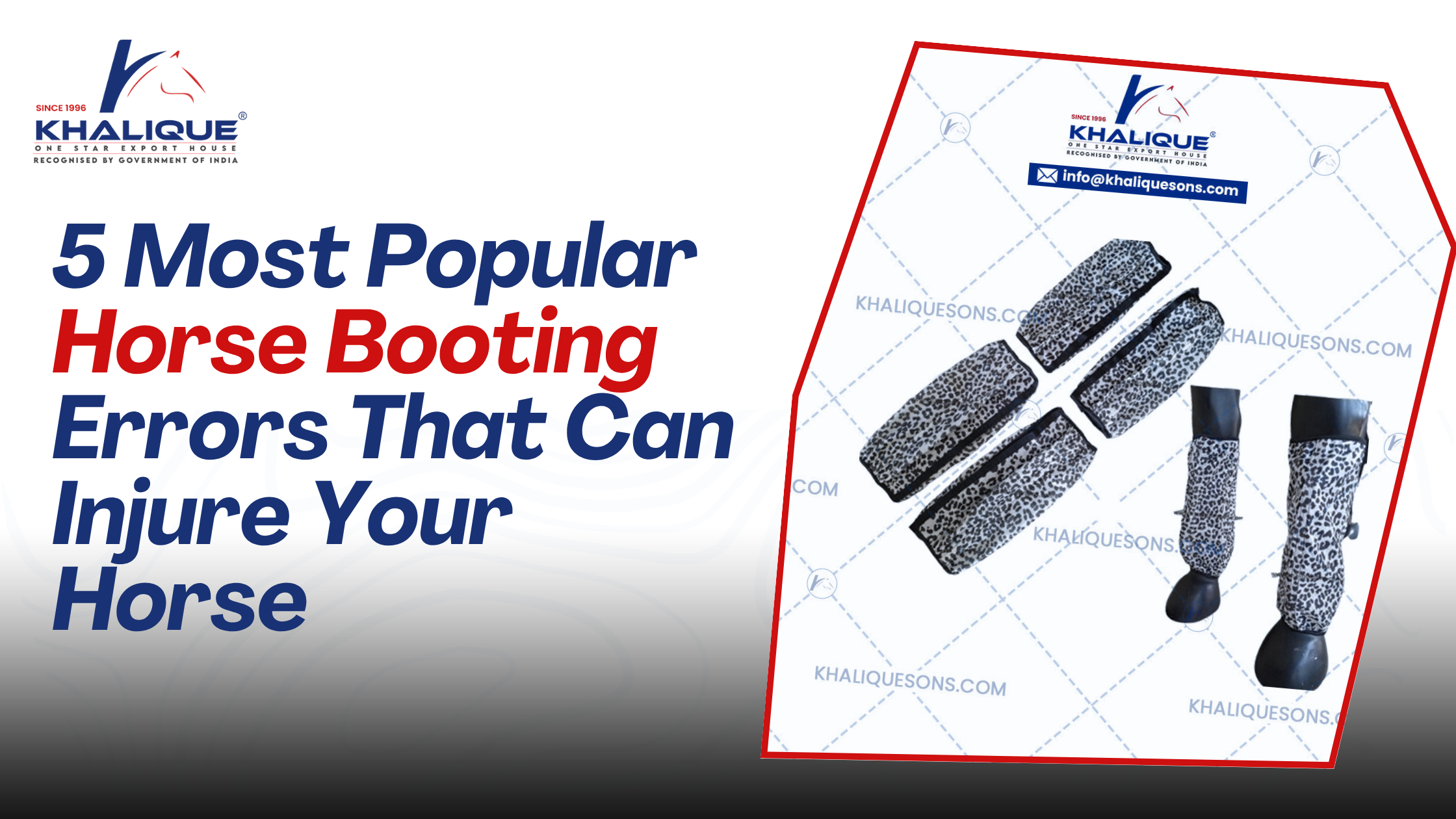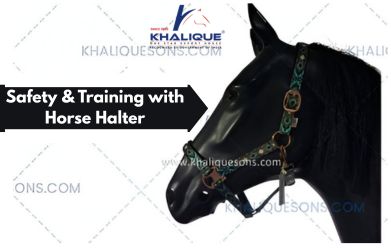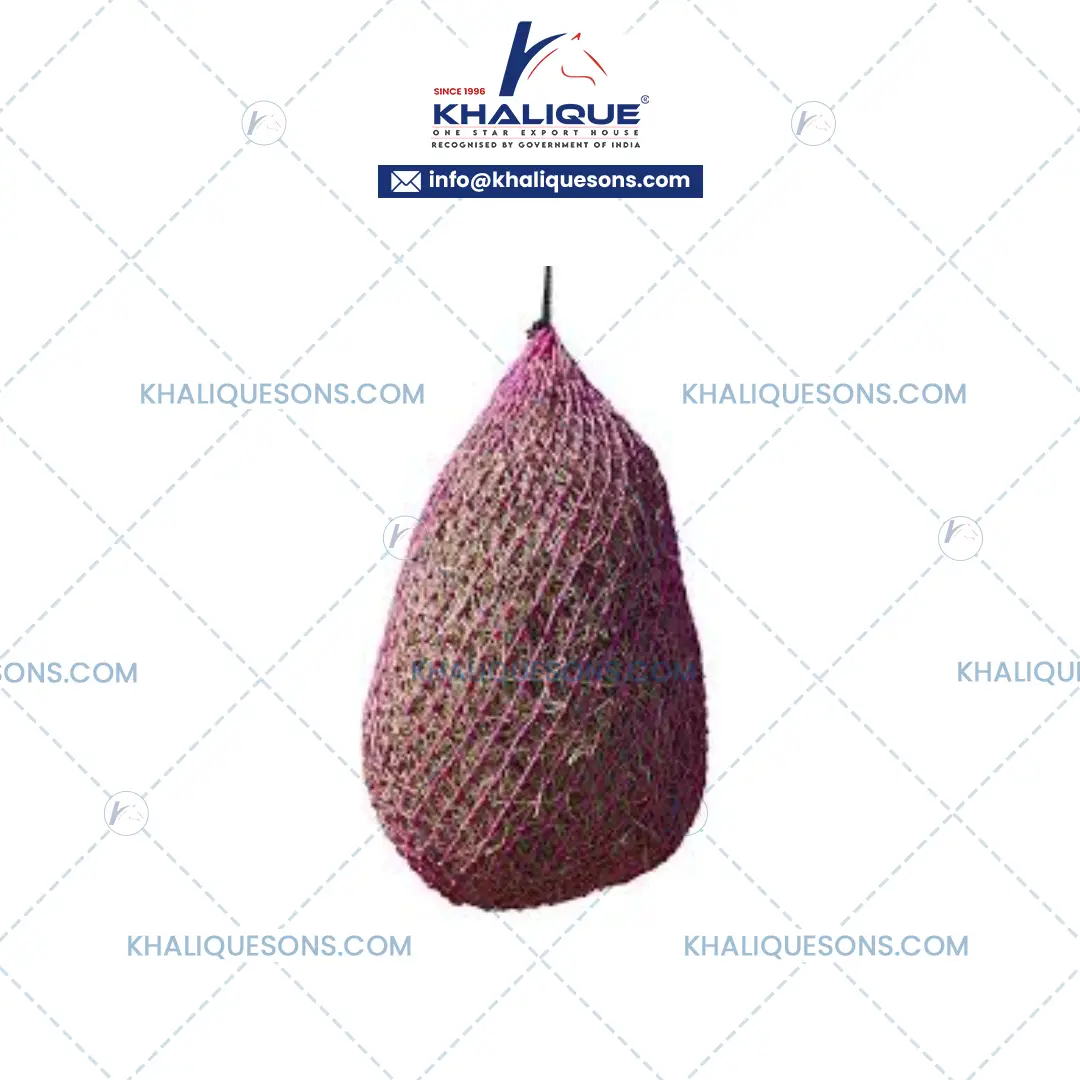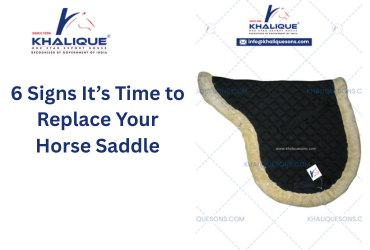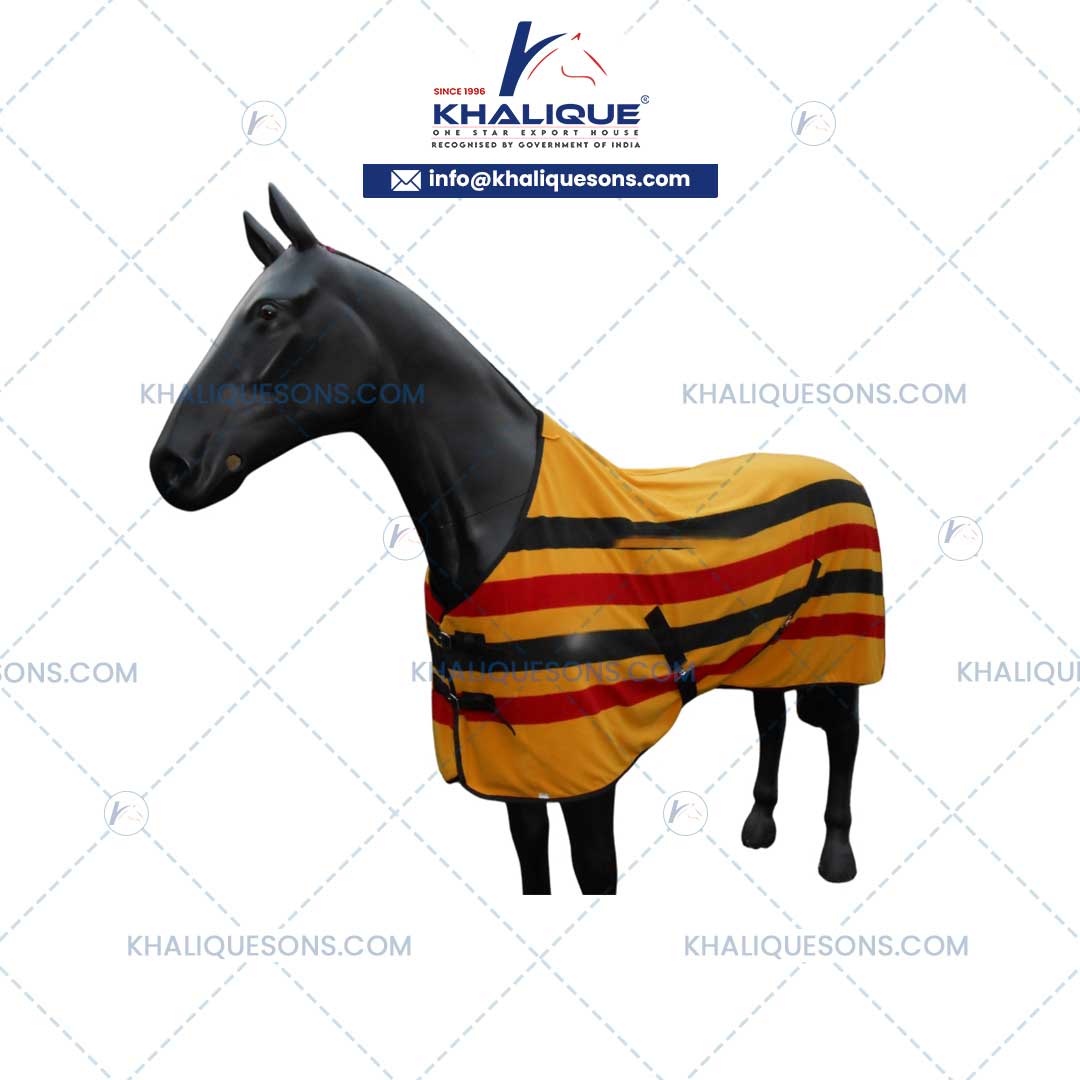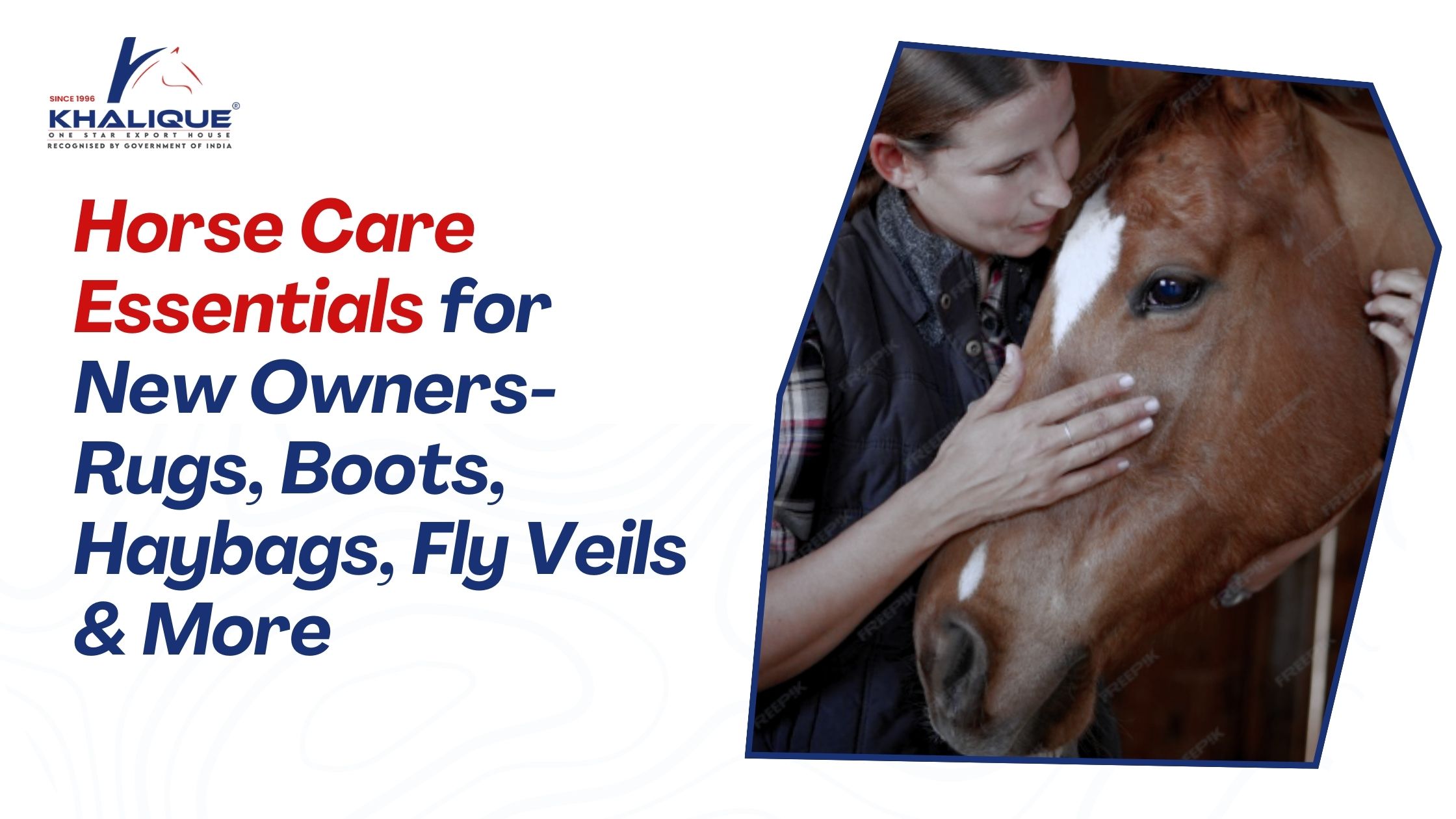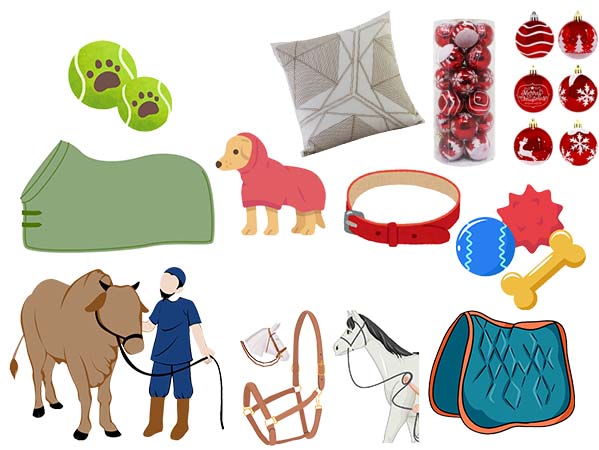5 Telling Signs You're Using the Wrong Bridle for Your Horse
- Home
- /
- 5 Telling Signs You're Using the Wrong Bridle for Your Horse
The horse bridle is quite possibly the most important piece of tack on horse riding. It's literally the attachment point between you and the horse. But what if the bridle you're wearing happens to be uncomfortable—or worse, unsafe?
An ill-fitting or inappropriate horse bridle will affect your horse's movement, attitude, and performance. Most riders ignore the subliminal signals and blame it on the horse being stubborn. But in most cases, it is the gear that is to blame.
Let's go through five clear indications that you may be utilizing the incorrect Horse Bridle, and how you can rectify it.
1. Your horse resists the bit or tosses its head
If your horse always shies or throws its head, resists the reins, or panics when you put pressure on it, it is possibly responding to pain caused by the bridle or bit. Occasionally, the bit is too harsh, or the bridle straps are too tight or uneven.
This confuses your horse or hurts it. Just trying a softer bit or a bitless bridle is generally what you need to correct the issue. Double-check too that all of the hardware on the bridle like the cheekpieces and noseband isn't pinching too hard on sensitive spots.
2. You notice sores or hair loss on the horse's face
If your horse is getting bald patches or sores under the bridle, it's a good sign that something is wrong. These sores are normally caused by pressure, rubbing, or abrasive material.
Cheap, hard leather or binding straps will wear your horse's skin out over time. A padded, adequately ventilated soft leather or synthetic bridle will prevent this. Clean the bridle and ensure it is in good condition, as well sweaty tack can lead to skin problems.
3. Your horse will not be bridled
They will raise their head, move away, or fight when you try to put the bridle on them. That sort of response usually shows a negative experience. It may be that the bridle hurts behind the ears, or the browband is too tight and is digging into the horse's head.
Switching to a comfort or pressure-relieving bridle, like an anatomical type, can make your horse feel more comfortable. Patience and a soothing tacking method also help with regaining trust.
4. Abnormal behavior on rides
If your horse suddenly stops, bucks, rears, or appears agitated when ridden, it may be attempting to get away from pain inflicted by the bridle. When a bridle pinches, pulls, or inhibits movement, it is stressful.
Before you assume it's a training issue, check your tack. If your horse settles or travels more comfortably on another bridle or with a less restricting noseband, then it means the original setup was uncomfortable.
5. Your horse struggles to stay straight or shies at the reins
When ridden, the horse should move easily and be soft to the hands. If it still throws its head, goes crooked, or shies away from rein contact, the horse might be responding to pressure or discomfort that is produced by the horse bridle.
This can happen if one side of the bridle is tighter than the other, or if the bit is not exactly level. It is also caused by the browband being too short and pulling everything forward. Being able to tighten the straps so things are more in balance, or having the choice of using a more yielding type of bridle, can be a big step forward.
Why the Right Bridle Is Important
Your horse bridle that is correctly fitted makes your horse happy and heard. It allows you to communicate and ensure that your rides are smooth and enjoyable. However, the wrong bridle can lead to discomfort, stress, and even fear. Your horsehorse's may attempt to tell you that something is amiss, but it is your responsibility to be sensitive to the signs.
Here are some helpful tips to assist:
-
Select a bridle that suits your horse's head and your riding style.
-
Keep your tack clean and inspect it frequently to prevent wear and pressure points.
-
Try different types, i.e., English bridles, Western bridles, or bitless bridles, and see which one your horse responds to best.
-
If in doubt, ask an experienced trainer or tack fitter for help.In Easy Words
Your horse is not being obstinate. If it is acting nervously, it may simplhorse'sy be saying, "This bridle hurts." Observe your horse's demeanor when saddled up and on ride. Any behavioral change, resistance, or signs of pain must be addressed seriously. It is your duty as a rider to make your horse tack in tune with your horse not against your horse.
Final Thoughts
The bridle you ride with can either make or break your whole riding experience. A properly fitting bridle is one that is comfortable, is not scratchy, and lets your horse move. If you've found any of these five signs, it might be time to reconsider your bridle arrangement.
A happy horse is a more enjoyable riding partner and each ride more fun when your horse is comfortable.








